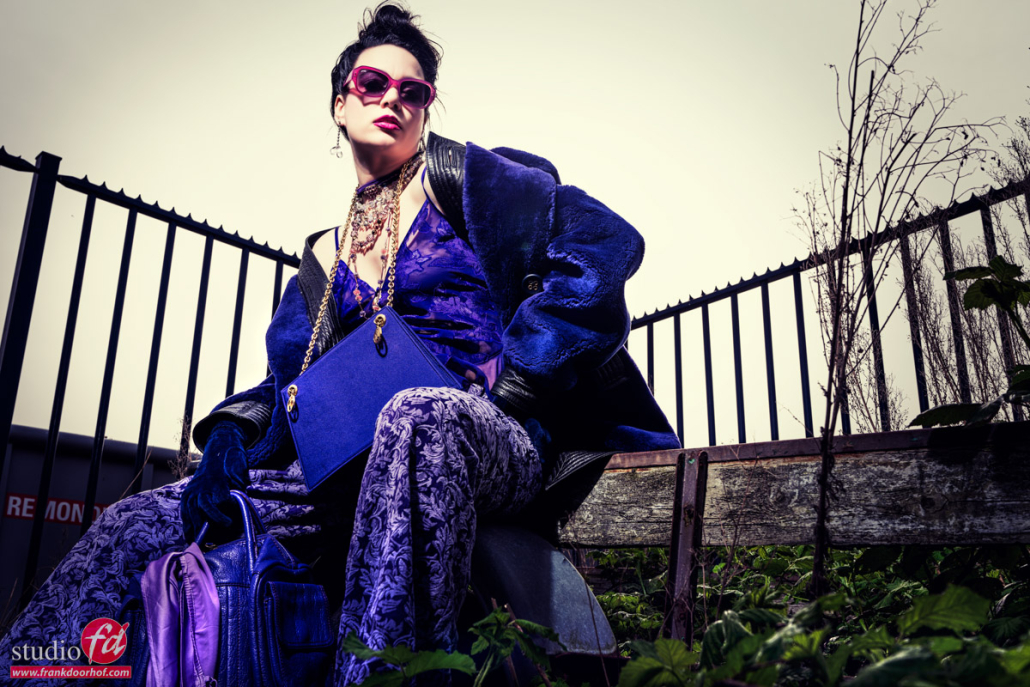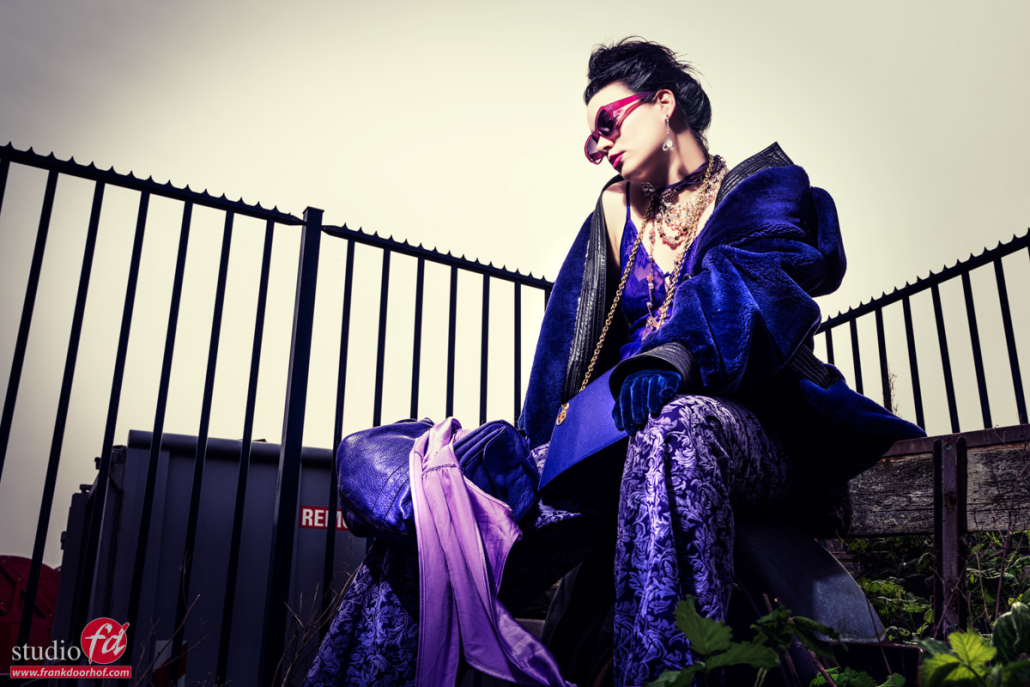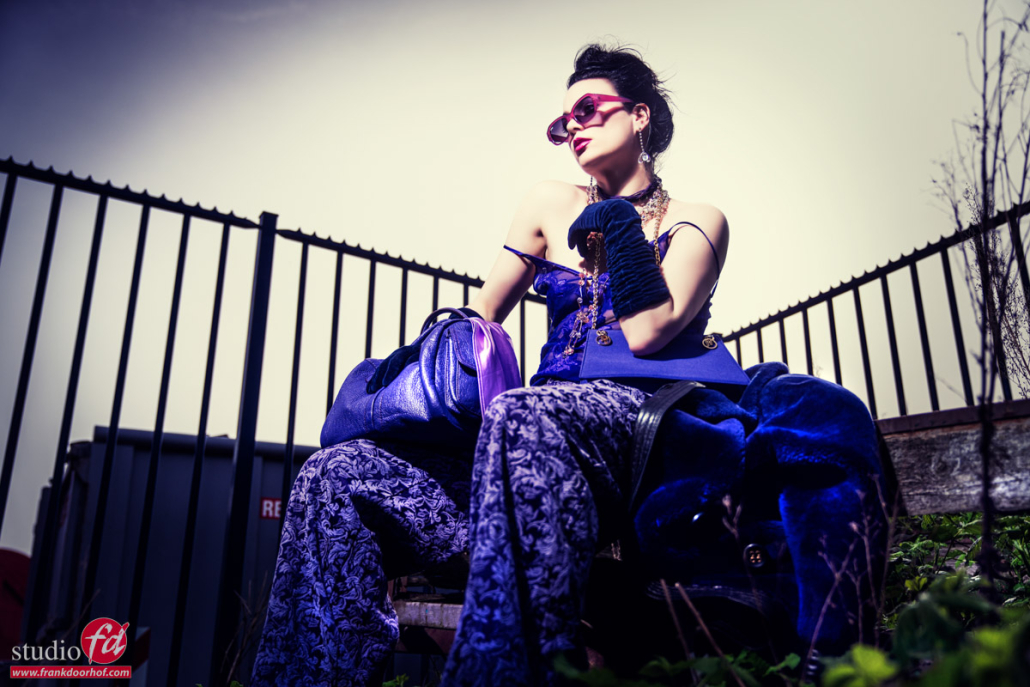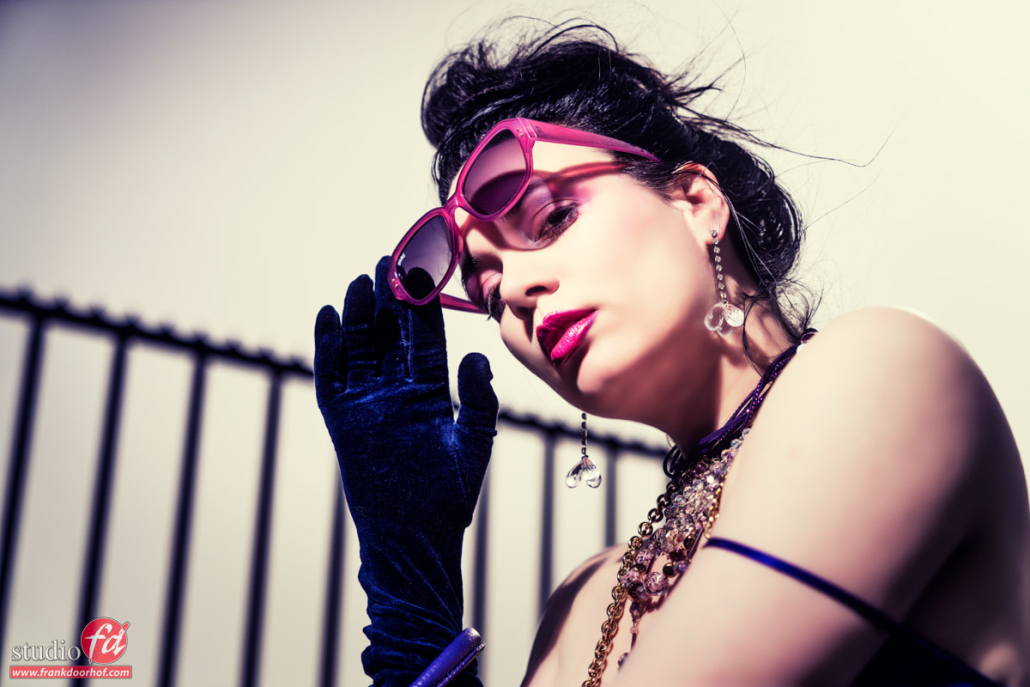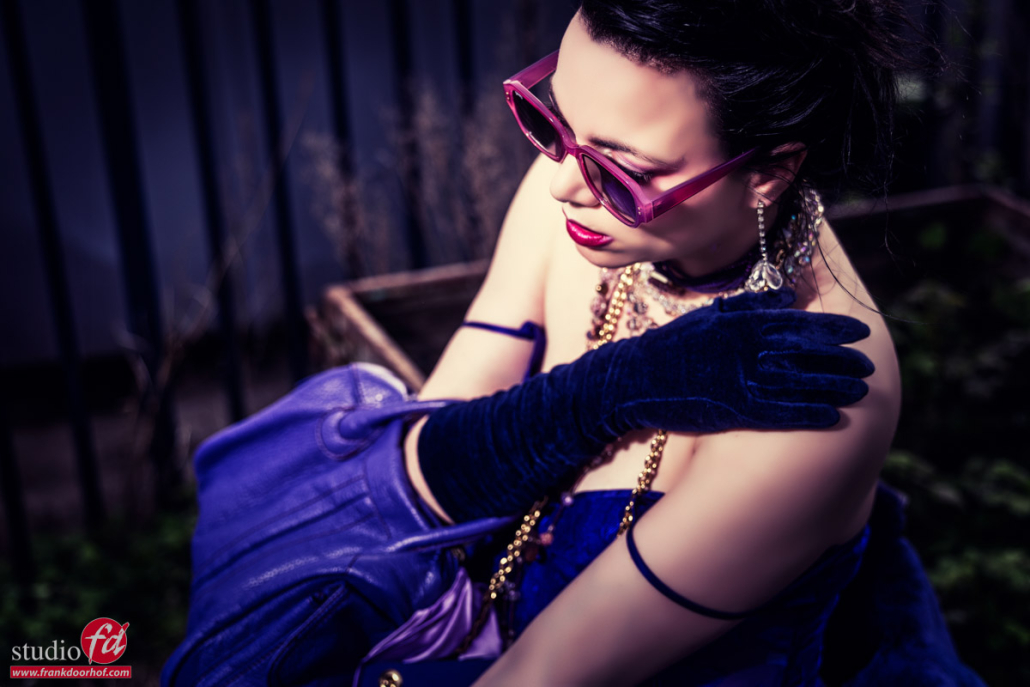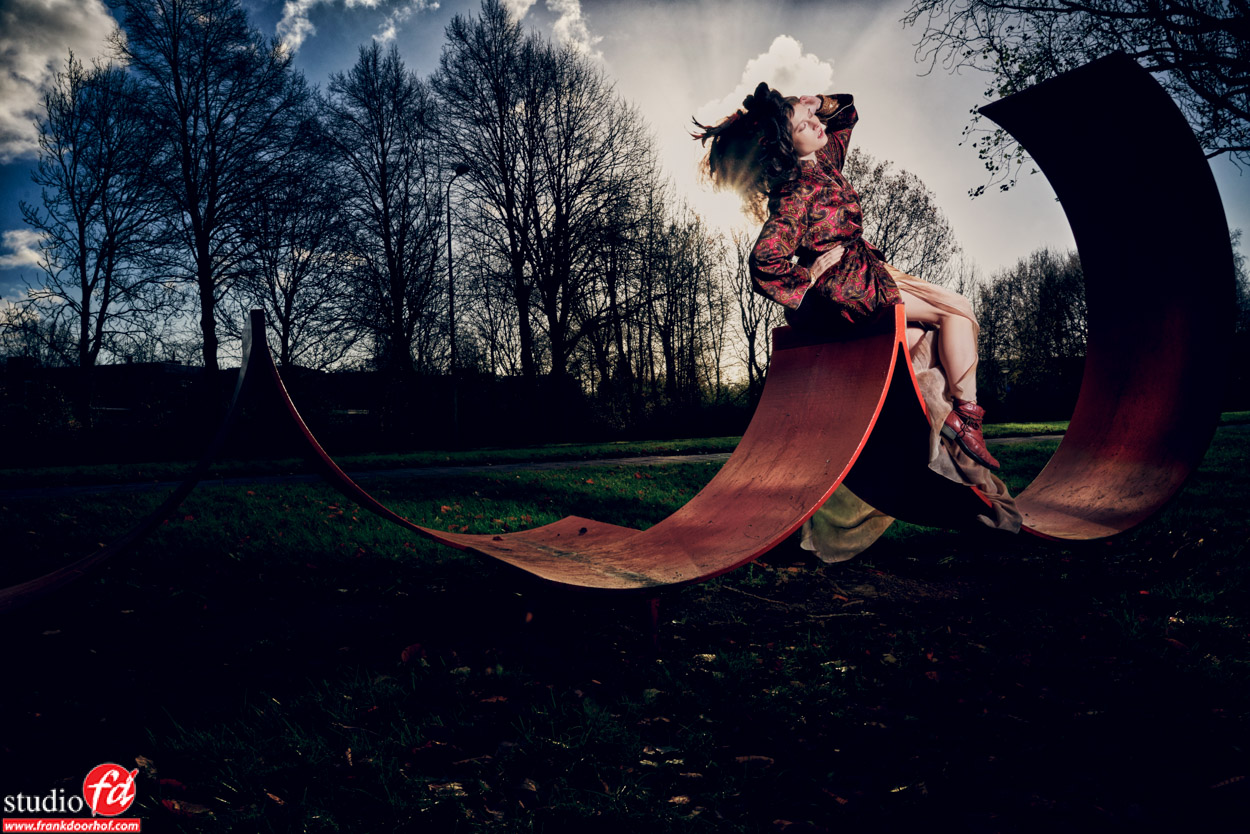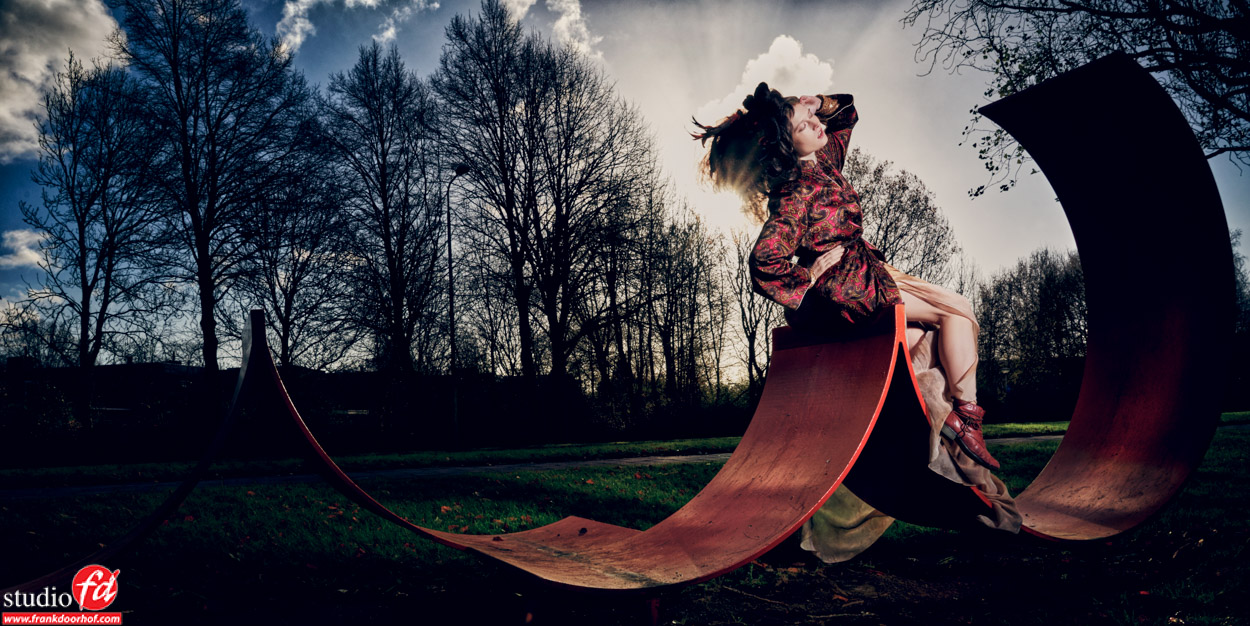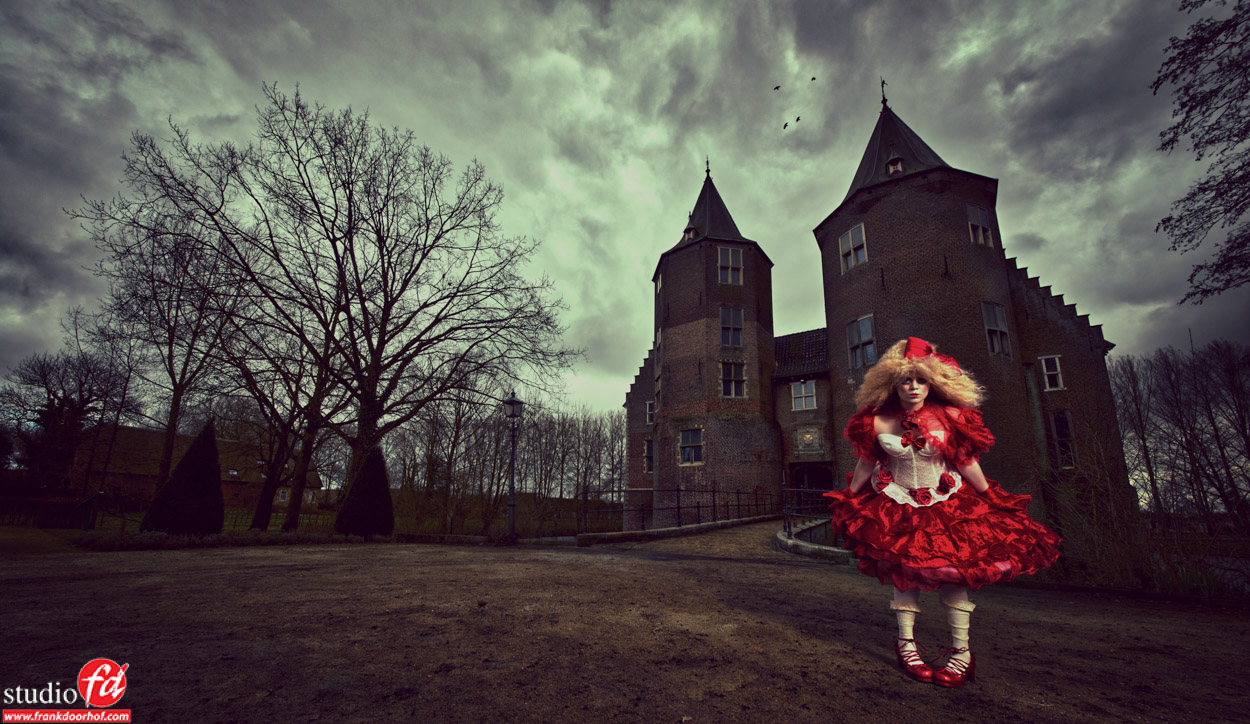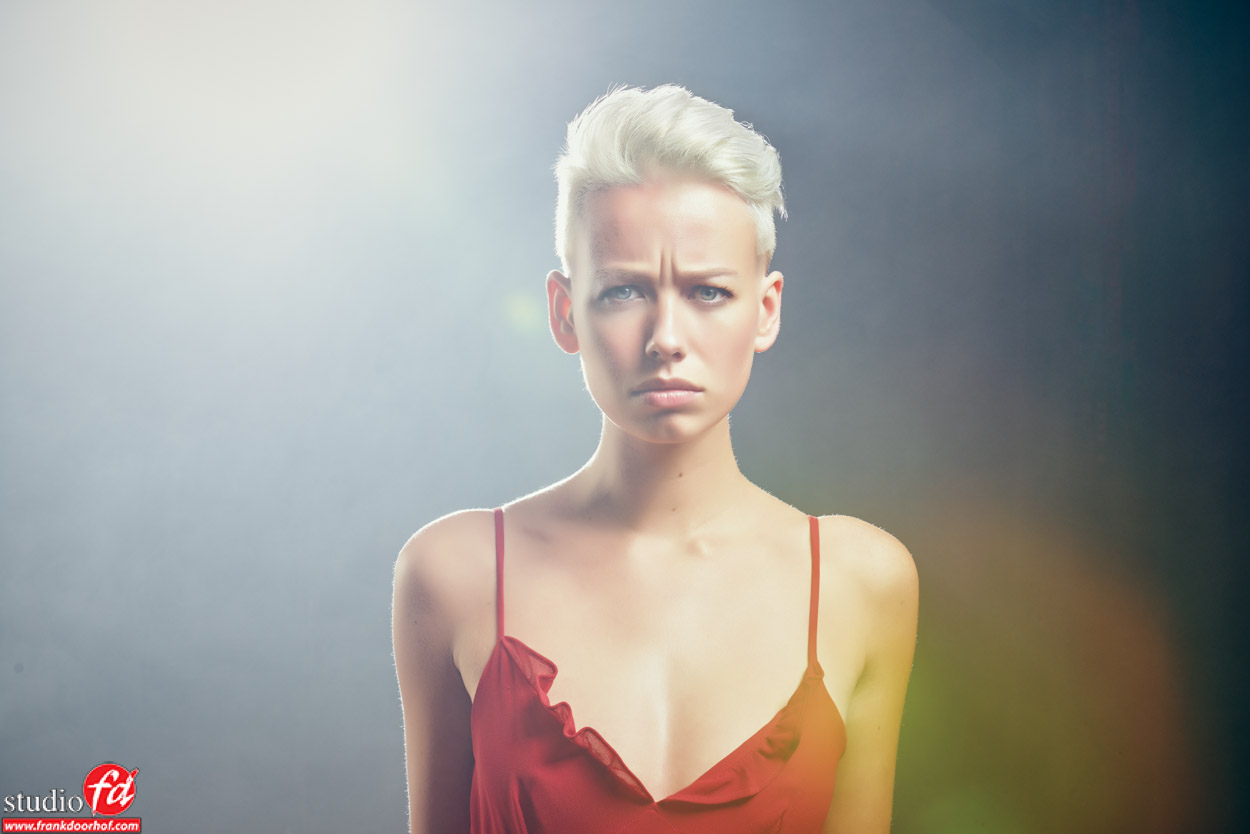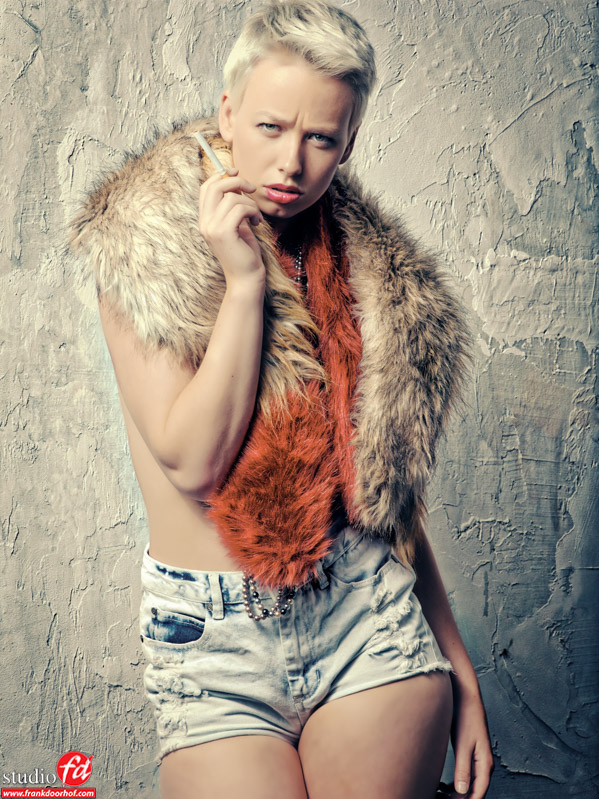Outside fashion shot for sunglasses with extreme styling and flash Part V : let’s talk about something grungy
The final setup
Today in the blog the final setup from the workshop “on location in Emmeloord”
In this workshop we use locations close to our studio, that at first sight might look uninteresting, but by using light/poses/angles and of course styling are still suitable to create awesome images.
If you didn’t already I highly recommend reading the previous blogposts.
Let’s talk about the flash
Let’s talk about gear
Let’s talk about storytelling
Let’s talk about backgrounds and angles
For the final setup we are still using the same lighting setup with the same Geekoto GT200 with a large reflector.
This is what we sometimes call our “outside studio” or in other words a part of our studio (away from the public eye) where we just leave everything (within reason), so it looks very “grungy”/”urbex” this part is based around an old trailer with some bushes and is great as a location, especially when shooting from a low angle the fence in the background and the angle it creates can be very nice.
In this setup I’m also using HSS for the last images.
During the workshop I did not use HSS because when working during a workshop it’s better to shoot with a so called “dumb” trigger, this means I can setup the strobe with my Geekoto Commander and just let the attendees shoot via their own trigger. HSS and ETTL only work correctly with a commander that fits your system. With Canon, Nikon and Sony we have special commanders, but this workshop we also shot with a Leica so the choice was made to let HSS rest till the end.
The main advantage of shooting HSS is that you can break the 1/125th second limitation of normal cameras/strobes.
By the way, Sony just released the first camera with a global shutter that will make it possible to shoot on much faster shutter speeds with strobes not using HSS. This is a HUGE deal for flash photography on location and will change the way you can work forever. I hope to be able to test one of them in the near future.
With HSS you can break this rule which means you can shoot day2night but still have a very shallow depth of field.
Now don’t just set your camera to 1/8000 and F16 ISO100 because you will be disappointed.
HSS is awesome but it takes a HUGE hit on your output. Where with a large reflector shooting F22 on ISO50 is no problem at all with HSS you will end up with a pitch black image not even seeing the strobe.
HSS Technique
Also with HSS I’m using the same technique.
I set the camera to manual and use the EVF (or lightmeter) to determine the look I like. But I do take into account that I leave the aperture below F4 and I try to keep the shutterspeed sensible, and only at the speed I need. When you are used to setting up for HSS you will find that it really adds a lot more different looks to your arsenal, and… that’s always a good thing 🙂
So let’s take a look at the final results… can you spot the images I was shooting with HSS?
Model/Styling : Nadine
Sunglasses : Sparks
www.fotografie-workshops.nl for the Dutch workshops
www.frankdoorhof.com/shop for my gear
